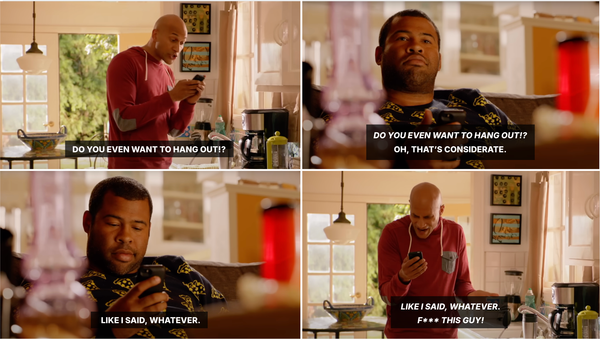It’s Time to Rethink Your 1:1s
When done right, 1:1s can become the most critical part of your week, serving as a powerhouse leadership tool for accelerating development, strengthening relationships, creating career-shaping mentorship, and furthering work.

A recent large-scale study found that half of 1:1s have little value,1 and we can’t say we’re surprised.
When done right, 1:1s can become the most critical part of your week, serving as a powerhouse leadership tool for accelerating development, strengthening relationships, creating career-shaping mentorship, and furthering work.
But, too often, 1:1s are a total time suck. They frequently get moved, and when they do happen, they’re rushed status updates or punctuated with stares and silence.
We believe there’s a better way. One that gives employees the face time and attention they deserve and allows leaders to get real-time feedback and clarity on where they’re needed and where they’re not.
1. Refocus the Conversation
If your 1:1 could be replaced by a Slack message or email, you're doing it wrong.
Stop treating 1:1s as mini-project reviews, task assignment sessions, or status updates. Focus instead on coaching, showing better ways to tackle work, removing roadblocks, and accelerating careers.
Before each meeting, ask yourself: "How can I help this person become more effective and fulfilled?" not, "What updates do I need?" or “What work do I need to assign?"
Reminder: Your reports should be doing 50-90% of the talking.2
Try this agenda:
- What were your wins this month (work and life)?
- How are you tracking and feeling about your goals?
- What's feeling harder than it should be in your day-to-day?
- How have you felt about my level of support / presence lately?
- What's one thing I could try doing differently this month to help you more?
- Is there anything we should jam on together now (time permitting) or at another time this week?
2. Decrease the Recurrence Frequency
On average, we think better-designed, pre-scheduled 1:1s can and should happen monthly. This will naturally help kill the status update reflex and move conversations toward meaningful topics, as we mentioned in #1 (a win!).
That being said, work with each team member to establish the cadence that is best for them. High-performers might thrive with quarterly deep dives while others – especially if they’re newer to the org or team or are taking on new roles – may benefit from bi-weekly check-ins. The key is intentionality and regular evaluation.
You also need other forums. You should be syncing up between meetings via other communication tools, like:
- Ad-hoc co-working sessions driven by business needs (hence the ad-hoc)
- Office hours for drop-ins
- Quick team standups, even daily, for status checks and prioritization
- Actually responding to messages (revolutionary, we know!)
3. Protect the Time
1:1s get rescheduled 42% of the time.3 Ouch.
Treat them as sacred. Consistently canceling 1:1s sends a clear message about your priorities and erodes trust.
Block dedicated time slots (like Tuesday 9-11 AM) and rotate through your team. Build in buffer time between meetings to capture thoughts and plan follow-ups.
You've rebuilt your 1:1s… great!
Here are some additional tips to make the change stick by creating a culture of real collaboration and transparency.
- Establish a shared project drive where all work lives, so teams can have visibility into what others are creating, easily co-work, and check back for project updates.
- Schedule consistent team status meetings with a predictable (tight) format; here’s what we love:
- A Monday, weekly status meeting to run through all project updates as a team
- Daily 1PM, 15 min team standup calls for co-working and more “face time” (skip Fridays, please)
- Quarterly team retrospectives to reflect and plan ahead
- Create an internal communication mechanism other than email (cough, Slack, cough), where conversations happens in the open. Our preference? mail only for external partner or client comms and Slack for things like:
- Sharing a daily list of each person’s big rocks / must-dos / “what I’m working on” in the morning morning
- Sharing a daily “stand down” on where that list landed, what you’re carrying into tomorrow, and any input you need from others
- Ad-hoc huddles to collaborate on work together; whoever can join joins
- Identify clear goals, metrics, roles, and decision rights, ideally captured in an official team charter.
Yes, change is hard. But better 1:1s are possible – and a great place to start to drive organizational health, efficiency, and ideally, growth.
- Laurence J. Stybel, Ed.D., “How to Improve Frustrating Meetings with Direct Reports,” Psychology Today, July 1, 2024.
- Tim Paradis, “This Is the Most Important Meeting You’ll Have. Here’s How to Make It Better,” Business Insider, January 11, 2024.
- Marcel Schwantes, “During the Great Resignation, the Biggest Obstacle to Management Success Is Too Many Meetings, Says Research,” Inc., November 11, 2021.





